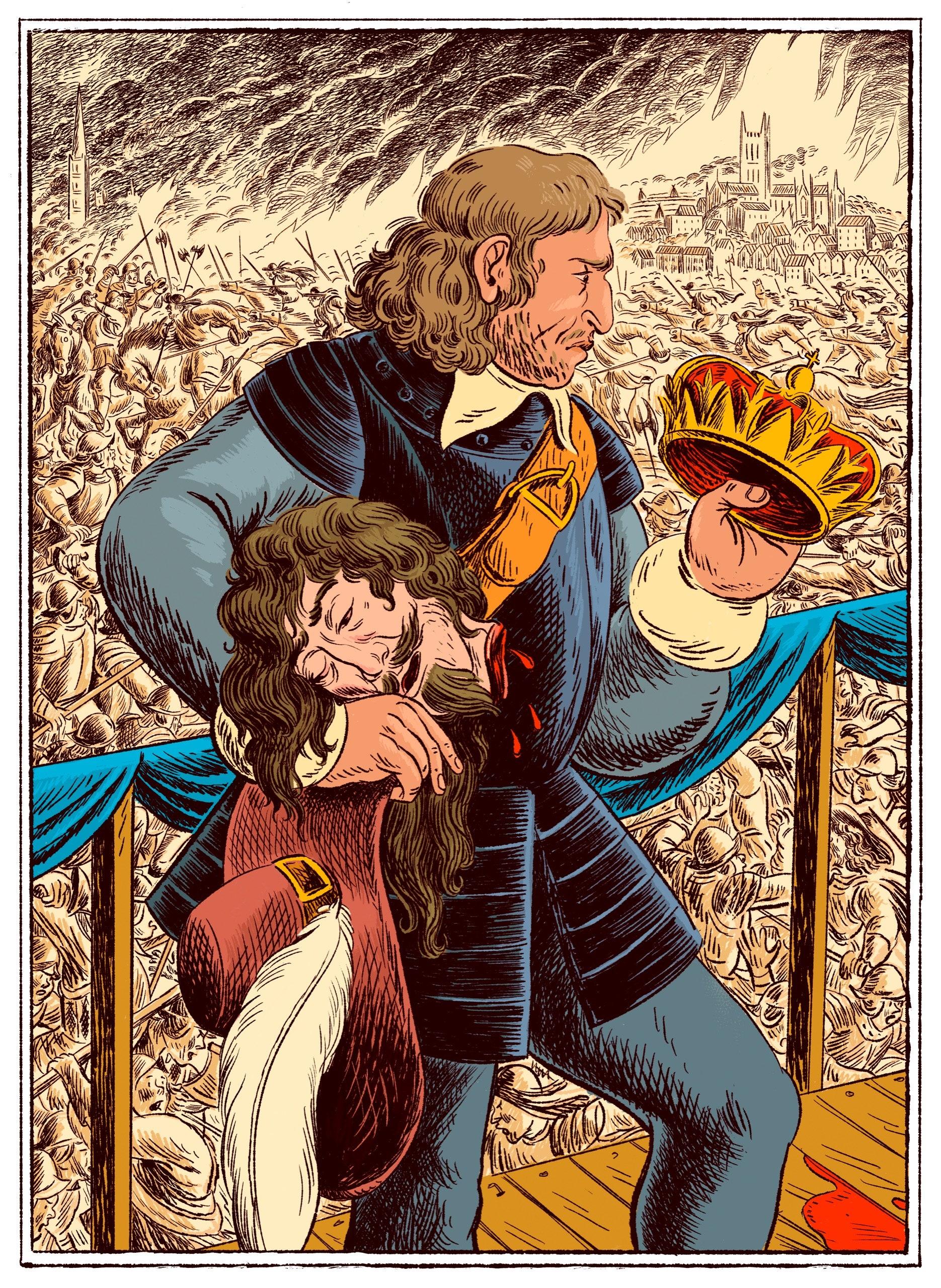Introduction to Four Courts

Dublin is adorned with landmarks that not only exhibit architectural brilliance but also tell tales of a past deeply entwined with the present. Among these, the Four Courts stands as a monumental symbol of Ireland’s judicial history. Overlooking the River Liffey, it manifests grandeur with its large drum and shallow dome, distinguishable from great distances.
The Genesis of the Four Courts
Named after the four divisions of the traditional Irish judicial system—Chancery, King's Bench, Exchequer, and Common Pleas—the Four Courts holds a revered place in the heart of Dublin. Its origins trace back to the combined genius of Thomas Cooley and James Gandon, architects who poured their vision into its creation.
Architectural Harmony: Cooley and Gandon's Contributions

Initially, Thomas Cooley designed a series of separate 'houses', each marked by their own entrance and stairwell in what would become the western block of the building. This component of Gandon's eventual revised scheme honors the earlier work. Contrasting this, the eastern block, fully conceived by Gandon himself, unites these separate entities under one roof, providing complete internal access and establishing architectural consonance.
The Four Courts Main Feature
At the heart of the Four Courts stands its iconic dome and main portico. This central feature, designed by Gandon, presents an arresting vista; its pediment forms a shallow curve that gently welcomes visitors inside. Beneath this pediment, Gandon ingeniously crafted a semi-circular recess, enhancing the building's depth and ingesting the entrance into the domed structure itself.
Resurgence from Ruin: Reconstruction and Restoration

While the exterior of the Four Courts still resonates with its original 18th-century design, the internal configuration was subject to extensive reconstruction following damages sustained during the Irish Civil War. Despite this, the central rotunda remains as Gandon envisioned, with the four main courtrooms radiating from it—each marked by its solemnity and grandeur.
Gandon's Lasting Impressions in Sculpture
The Four Courts' aesthetic is further accentuated by Edward Smyth's exceptional sculptures. The main pediment portrays Moses, surrounded by allegorical figures representing Justice, Mercy, Wisdom, and Authority. Although altered during the building’s tumultuous history, these sculptures continue to embody Gandon's and Smyth’s artistic legacy.
The Journey Continues: The Present-Day Four Courts
The presence of the Four Courts in Dublin's cityscape today marks a site of solemn reverence and national memory. Though external modifications have seen one bay removed from each side to streamline its silhouette with the adjoining arcades, the essence of Gandon's vision endures in the building's dominion over the Liffey.
Exploring the Grandeur of Four Courts: A Traveler's Perspective
For the traveler with an eye for history and architecture, a visit to the Four Courts is a profound experience. As you navigate through this judicial edifice, you are traversing the very corridors where the fate of many an Irish soul was decided. Let the Four Courts be a staple in your Dublin itinerary, connecting you to Ireland's rich past as you admire the continuity of its future.
Dublin
- Last Minute Hotels Dublin
- Hotels Temple Bar Dublin
- Budget Hotels Dublin
- Family Hotels In Dublin With Swimming Pool
- Airport Hotels Dublin
- Nice Hotels In Dublin
- Hotels Dublin City Centre With Parking
- Hotels Near Dublin Airport With Shuttle
- Hotels In Dublin Centre
- Hotels In Dublin With Pool
- Quirky Hotels Dublin
- Dublin Airport Hotels Park And Fly
- Hotels In Dublin 8
- Dublin Hotels Near Temple Bar
- Discount Hotels Dublin
- Hotels Dublin Zoo
- Hotels In Dublin Near 3 Arena
- Hotels Near Aviva Dublin
- Hotels By Croke Park Dublin
- Park And Fly Hotels Dublin Airport
- Hotels In Dublin Temple Bar District
- Hotels Beside Croke Park Dublin
- Best Hotels Dublin City Centre
- Cool Hotels In Dublin
- Hotels Near Howth Dublin
- Flights And Hotels Dublin
- Hotels O'Connell Street Dublin
- Best Dublin Hotels For Couples